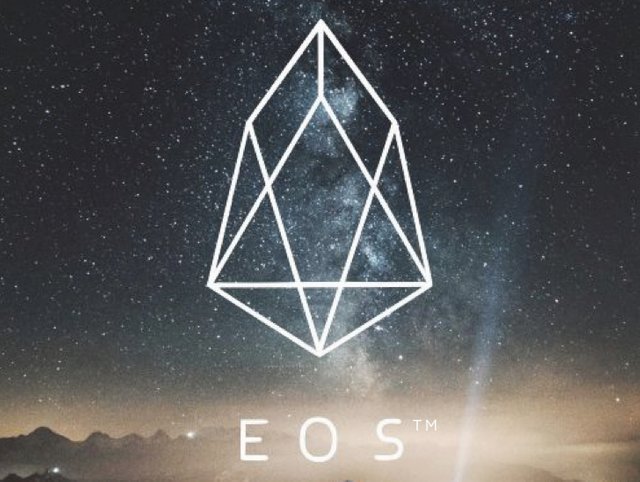
Economy
Maximum supply: Unlimited supply (after released)
Inflation: ~10.13% during ICO / 5% max after release
Website: https://eos.io/
Purpose
Fully decentralized, scalable, high-performance smart contract platform (operating system).
Benefits for users
- Transaction are free for users (developers pay as they typically will profit from the users)
- Fast transactions (parallel execution of contracts)
- Possible to retrieve stolen keys with the approval of recovery partners
Benefits for developers
- High volume transactions (~300k tps)
- Async communication
- Seperate authentication for execution
- Inter blockchain communication
- Build-in OS features like:
- File and database storage
- User accounts
- Role-based permissions
- Mandatory delay (wait for notification before transacting)
- Freeze a broken DApp to fix it
- Upgrade existing DApps
- Atomic transactions
- Read-only message handlers
- Best effort scheduling
- Virtual machine independent architecture
- Run ETH inside a contract (to port copies of ERC20 contracts)
- Support Web Assembly
- SDK is free and open source
- Developers can choose program language: C, C++, Solidity, Rust
Benefits for stakers
- Nodes are light (don't need to process the entire network).
- Staking (running a node) could generate a passive EOS income
Benefits for investors
- Contracts need EOS for "bandwidth" (computer resources like CPU, RAM, storage, etc) to execute. This will create a continious demand for more EOS.
- Investors could potentially rent EOS to developers who need "bandwidth" for their contracts
How to get EOS after the release
- Buy on open market
- Stake a node
- Rent EOS from an investor
Competition
- Centralized cloud platforms like Amazon Web Services, Google Clouds, Microsoft Azure, etc.
- Decentralized smart platforms like Ethereum, Ethereum Classic, NEO, QTUM, Stratis, etc.
- New developments like Achain, Aelf, Aion, ARK, Callisto, Cardano, Dragonshain, Ether Zero, HCash, Icon, IOStoken, IOTA, Lisk, NXT, Open Money, Tezos, Verge, Waves Platform, Whanchain, etc.
Current value
None. Still in ICO at the time of writing this.
However, there are already 40+ EOS projects under development.
Technology
The EOS network will use Graphene (special transaction as proof-of-stake technology) used already by BitShares and Steem.
Concerns
- Still under development with no clear deadline or progress report.
- Proof-of-stake governance could fail if not enough stake holders vote.
- Since the same EOS is used for both staking AND bandwidth it would require a delicate balance between the price of the different services. EOS should not become too expensive to run any smart contracts or but should also not become to cheap that the reward becomes too low to run any nodes and should still be profitable for investors.
- With the largest and longest ICO in the world, investors might have over-invested into EOS so that there are little investment growth opportunity left after the ICO.
- A competing smart platform could win the race and make EOS redundant.
DISCLAIMER: This is not investment advise. You should do your own research and I cannot guarentee that all the information on this page is still relevant or 100% correct.
Congratulations @x-streem! You received a personal award!
You can view your badges on your Steem Board and compare to others on the Steem Ranking
Do not miss the last post from @steemitboard:
Vote for @Steemitboard as a witness to get one more award and increased upvotes!
Downvoting a post can decrease pending rewards and make it less visible. Common reasons:
Submit
Congratulations @x-streem! You received a personal award!
You can view your badges on your Steem Board and compare to others on the Steem Ranking
Vote for @Steemitboard as a witness to get one more award and increased upvotes!
Downvoting a post can decrease pending rewards and make it less visible. Common reasons:
Submit